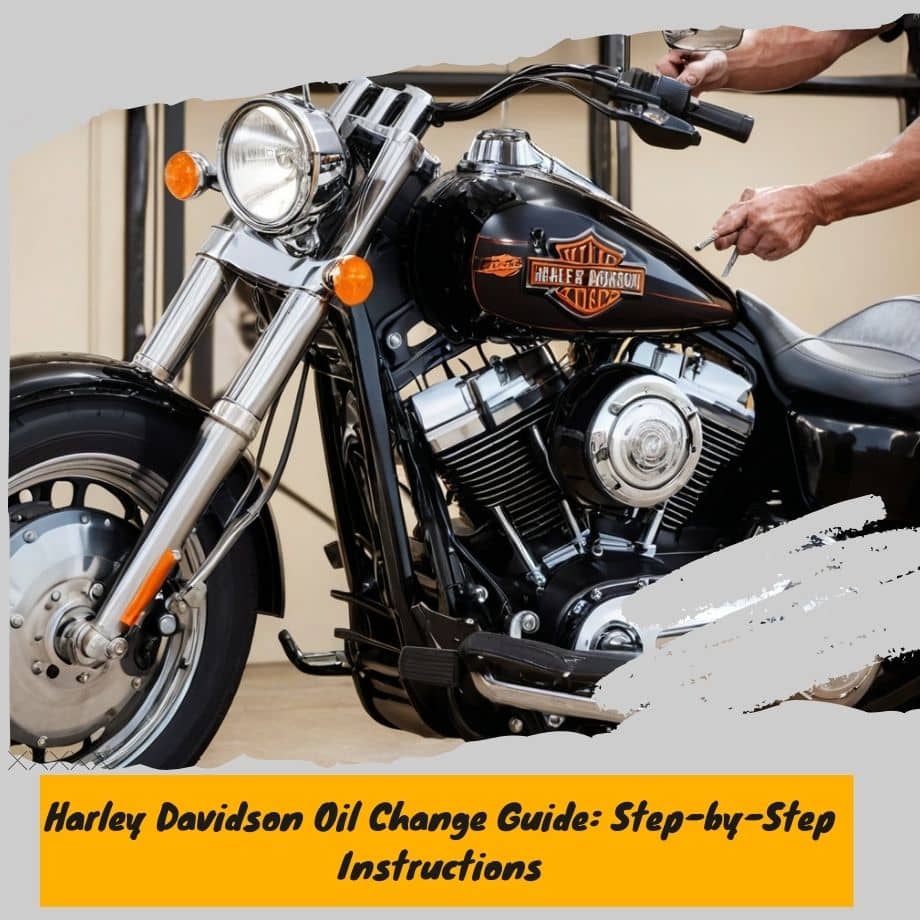Harley Davidson Oil Change Guide: Step-by-Step Instructions for Every Rider

If you’re a proud Harley Davidson owner you already know how important it is to keep your bike maintained. An oil change is one of the most important (and surprisingly simple) maintenance tasks you can do. Changing your oil makes the heart of your car, running smoothly and reduces repair costs later.
To keep your Harley Davidson going smoothly, in this guide you’ll learn how to change the oil on your Harley Davidson with the proper tools, step by step instructions, and some tips to help you do it right the first time. Let’s get started!
Why Harley Davidson Oil Changes are So Important
In the spirit of keeping things quick and simple, let’s do a quick recap of why changing your oil is so important. The oil in your Harley’s engine plays several important roles:
- Lubrication: It reduces friction between the moving parts helping to avoid wear and tear.
- Cooling: It helps dissipate the heat produced by the engine.
- Cleaning: It removes debris, dirt and particles that can also accumulate over time.
The failure to perform oil changes can result in reduced engine performance, overheating, and so on logical permanent engine damage.
According to most Harley owners, most riders should change the oil at 3000 to 5000 miles, or now depending on your riding habits and conditions. For specific recommendations, always refer to your owner’s manual.
Tools and Materials You’ll Need
Before you roll up your sleeves, make sure you have the following tools and materials on hand:
Tools:
- Oil filter wrench
- Socket wrench set (typically 5/8-inch for drain plugs)
- Funnel
- Oil drain pan
- Torque wrench (optional but helpful)
Materials:
- New oil filter (make sure it’s Harley-compatible)
- The right type of oil for your Harley (refer to your manual; typically, 20W-50 is common for most models)
- O-rings (some models require new O-rings for the drain plug)
- Gloves and rags for cleanup
Pro Tip: Stick with Harley-approved oils like SYN3 or other high-quality motorcycle oils. These are formulated specifically for air-cooled engines like the ones in Harley Davidson motorcycles.







Leave a comment